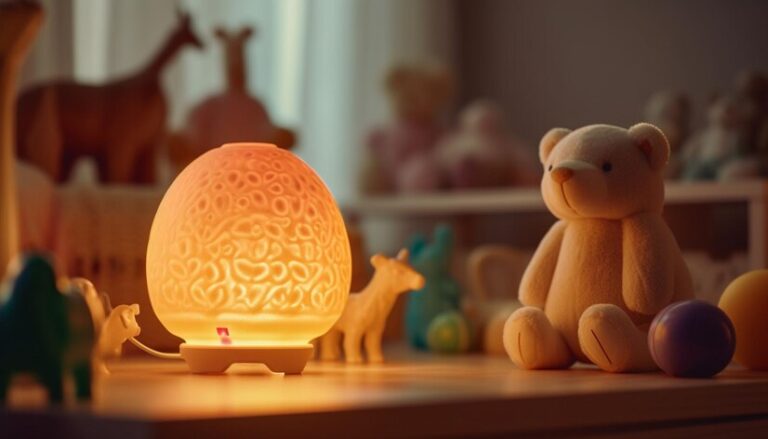Understanding the Pit in “The Deer Hunter”: Unraveling Its Deep Symbolism
In Michael Cimino’s 1978 masterpiece, “The Deer Hunter”, the pit serves as a pivotal symbol that resonates throughout the film’s exploration of war and its effects on those who experience it. This article delves into the various interpretations of the pit and its significance within the narrative.
The Context of the Pit
To grasp the meaning of the pit in “The Deer Hunter,” it’s essential first to understand its context within the film. The pit appears in one of the movie’s most intense and harrowing scenes, where the main characters are forced into a brutal game of Russian roulette. This scene, set in the heart of Vietnam, becomes a powerful metaphor for the randomness and brutality of war.
The Setting: A Desolate Arena of Despair
The pit is depicted as a grim, makeshift arena where the characters are subjected to psychological and physical torture. It’s a dark, confined space that visually represents the entrapment and helplessness experienced by soldiers and civilians in war. The setting emphasizes the dehumanizing conditions and the stark contrast between the relative normalcy of the characters’ lives before the war and the savage reality they face in Vietnam.
Symbolism of the Pit: A Multifaceted Interpretation
A Symbol of Randomness and Fate
The pit embodies the theme of randomness and the uncontrollable nature of fate. The game of Russian roulette, where chance dictates life or death, mirrors the unpredictable and arbitrary nature of warfare. This randomness is a stark reminder of how the soldiers’ destinies are no longer in their hands but rather dictated by the whims of a cruel game.
A Reflection of Psychological Trauma
Beyond its physical aspect, the pit symbolizes the psychological trauma inflicted on the characters. The intense fear and uncertainty faced by the characters in the pit mirror their internal struggles and the psychological scars left by the war. The pit becomes a metaphor for the mental and emotional challenges that persist long after the physical battles have ended.
A Critique of War’s Brutality
The pit also serves as a critique of the inherent brutality and inhumanity of war. It’s a stark depiction of how war can strip away humanity and reduce individuals to mere pawns in a ruthless game. By showcasing the extreme cruelty of the pit, the film critiques the broader implications of war and its impact on human dignity.
The Characters’ Struggle Within the Pit
The characters’ experiences in the pit highlight their individual and collective struggles. For instance:
- Michael: As the central character, Michael’s experience in the pit reflects his deep psychological and emotional wounds. His struggle to survive and protect his friends within this nightmarish scenario underscores his internal battle and the profound impact of war on his psyche.
- Nick: Nick’s descent into despair and madness is starkly portrayed through his experience in the pit. His inability to escape the horrors of the game symbolizes the inescapable nature of his trauma and the devastating effects of the war on his mental health.
- Stanley: Stanley’s fear and helplessness in the pit echo his vulnerability and the overwhelming nature of the war’s impact on him. His experience emphasizes the broader sense of helplessness felt by many soldiers who are caught in the chaotic and unforgiving realities of war.
The Pit as a Metaphor for the War Experience
In a broader sense, the pit can be seen as a metaphor for the entire war experience. It encapsulates the violence, uncertainty, and psychological toll of war. By placing the characters in such a dire and oppressive setting, Cimino powerfully conveys the depth of their suffering and the pervasive nature of the war’s impact on their lives.
The Aftermath: How the Pit Influences the Characters’ Lives
The aftermath of the pit scene is equally significant in understanding its meaning. The trauma and psychological scars left by the pit continue to affect the characters long after they have left Vietnam. Their struggles to reintegrate into civilian life and their ongoing psychological battles are a testament to the enduring impact of their experiences in the pit.
The Pit and Its Place in the Film’s Narrative
In the broader narrative of “The Deer Hunter,” the pit scene stands as a crucial turning point. It marks a shift in the characters’ lives and highlights the irreversible changes brought about by the war. The scene underscores the film’s exploration of how war alters individuals, shapes their destinies. And leaves lasting marks on their identities.
Cultural and Historical Context
Understanding the pit also requires a look at the cultural and historical context of the film. “The Deer Hunter” was released during a time of heightened sensitivity towards the Vietnam War and its aftermath. The film’s portrayal of the pit resonates with the collective memory of the war’s impact on soldiers and society. Reflecting broader themes of trauma and disillusionment.
Conclusion
The pit in “The Deer Hunter” is more than just a physical space; it’s a profound symbol of the randomness of fate. The psychological trauma of war, and the brutality of human conflict. Through its harrowing depiction, the film offers a powerful commentary on the effects of war on individuals and society. Understanding the pit’s symbolism enriches our appreciation of the film’s thematic depth and its exploration of the human condition.
FAQs
What does the pit symbolize in “The Deer Hunter”?
The pit symbolizes the randomness of fate, psychological trauma, and the brutal nature of war.
How does the pit scene affect the characters in the film?
The pit scene profoundly impacts the characters, highlighting their psychological struggles and the lasting effects of their wartime experiences.
Why is the pit such a significant element in the film?
The pit is significant because it encapsulates the film’s themes of dehumanization, trauma, and the arbitrary nature of war.
What is the broader narrative function of the pit scene in the film?
The pit scene marks a crucial turning point in the characters’ lives and underscores the film’s exploration of the transformative effects of war.
How does “The Deer Hunter” reflect the cultural context of its time?
The film reflects the cultural context of the Vietnam War era. Capturing the collective memory of trauma and disillusionment experienced by soldiers and society.







